While California has moved back into drought, the heavy rain we experienced in December has brought on a bumper crop of weeds. The first reaction of many gardeners is to remove them, but I'm asking you to reconsider this to help the bees.
There are common weeds in the Central Valley that provide important nutrients for bees. If possible, leave some weeds behind, especially early in the year when nutrient needs are high and forage may be limited.
Here are a few blooming now to keep in your garden. These will die back once summer heat arrives, so if you're in a fire zone be prepared to remove the dried vegetation once plants are finished flowering.
Wild onion
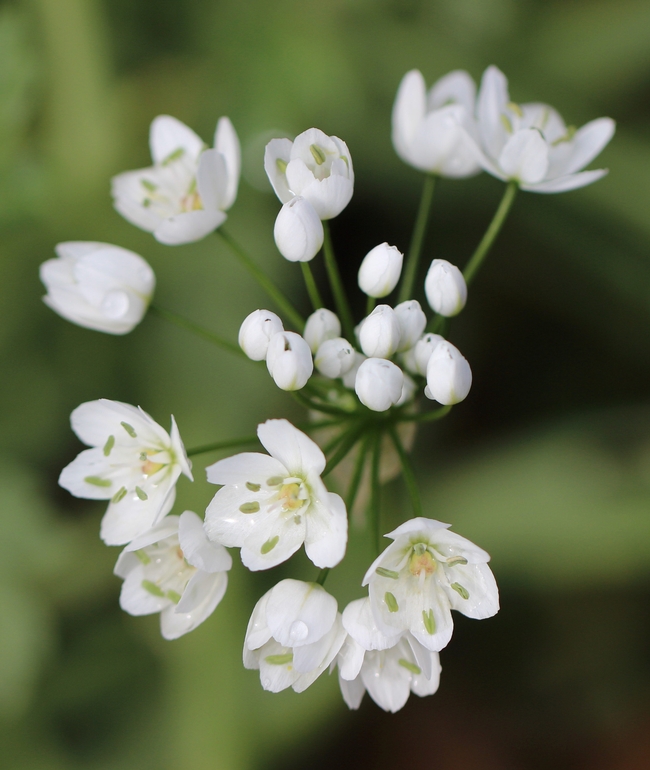
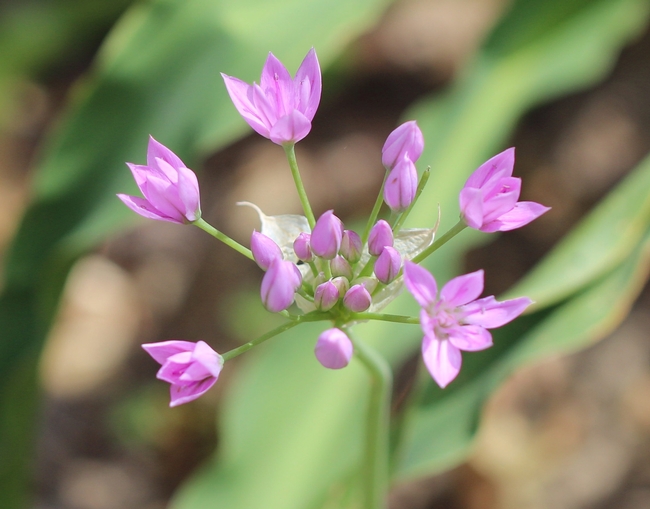
Allium triquetrum is native to Eurasia and has naturalized in many Mediterranean climates, including ours. California native Allium unifolium will spread quickly to form patches in the garden; both are well-used by bees. To learn more about onions in California, check out this article in Pacific Horticulture.
Mustard
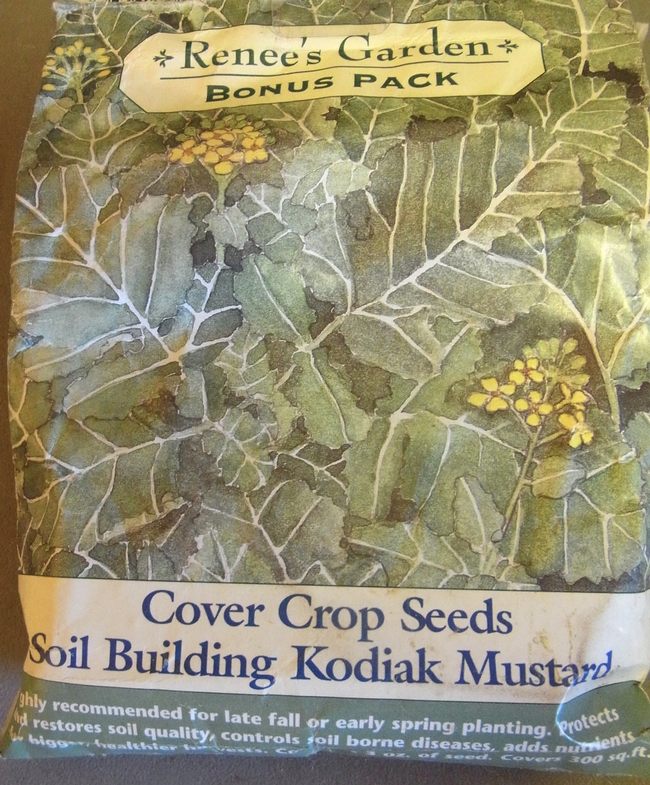
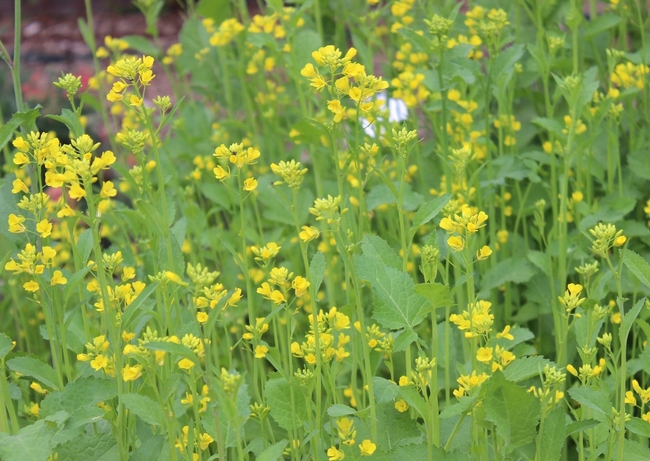
Those bright yellow fields seen in early spring are often a non-native naturalized mustard. In wild areas this can pose a fire risk as it dries down with summer heat. Mustards, however, have a high-protein pollen that's great for bees. Fortunately many are sold as cover crop seeds that can be managed in the garden. This is one that we grow annually in the Haven -- it goes straight to the compost pile once it's finished blooming, providing nutrients for next year's flowers.
Oxalis
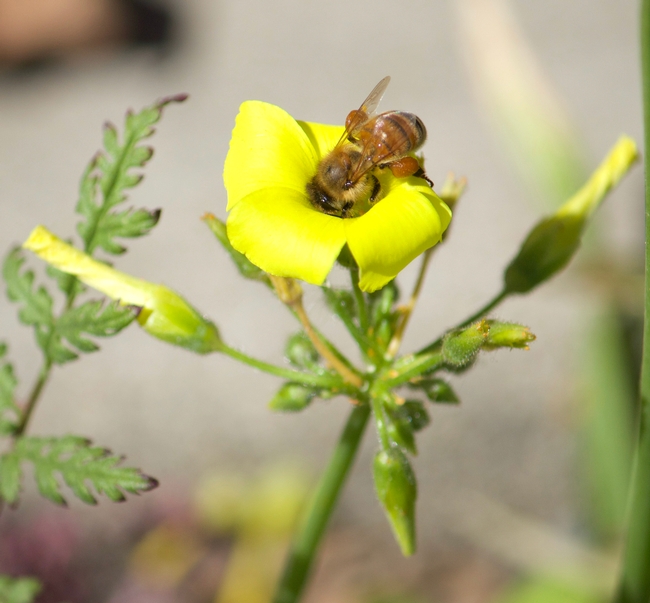
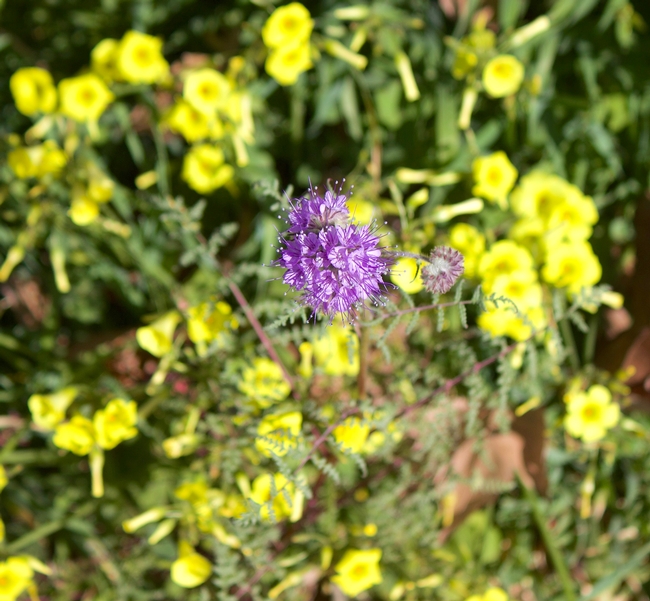
This is Bermuda buttercup, Oxalis pes-caprae. Native to South Africa, it's naturalized in Mediterranean climates worldwide. It spreads by bulb division and is difficult to control.
We don't have his weed at the Haven, but it's in my home garden. I pull much of it, but keep some for the bees. To limit spread, I only allow it to grow in the planting strip between the sidewalk and street. It provides both nectar and pollen, and also contains oxalic acid, a chemical sold commercially for varroa mite control in honey bee hives. Every few years I spread some native wildflower seeds in this spot; the highly bee-attractive Phacelia tanacetifolia has established here. California poppies and native lupines are getting ready to flower as well.
While oxalic acid has been documented to occur in leaves and stems — albeit at concentrations far lower than commercial control products — it's not been looked for in pollen or nectar. Great project for a future scientist!